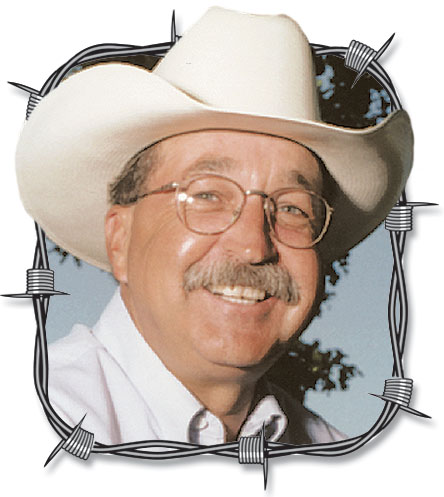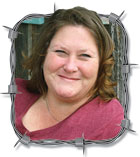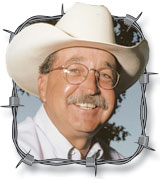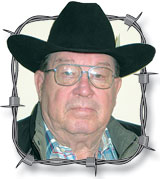
Here at my place, spring calving season is just about over.
I’m waiting on four old girls that look pretty close, then, all that will be left is the handful of cows that typically have late-spring calves (July and August). The experts tell me that I should either convert them to fall calvers, or just sell them, but I remember learning a long time ago that an expert is simply someone more than 50 miles from home, or…who writes in a magazine.
Other than fighting the mud, my calving season has been fairly typical. I had to pull a couple of calves, a couple more were DOA, and I had to treat a couple for the sniffles. Everything was moving along like normal, until a couple of weeks ago when the calf scours began to spread through the herd of new calves, like a grass fire on the plains of Kansas. Needless to say, it kept both the wife and me busy, checking and treating.
During the height of the epidemic, one old cow delivered her new little heifer on the backside of the home place. I found it early one morning, tagged it, and entered the color, size and sex into my phone (yes, no more paper records for me, since I learned how to operate my smart-phone). The cow and calf both seemed fine, so there were no worries.
Most cows with newborns keep to themselves for a day or two, before integrating back into the main herd, but this particular cow and calf were still off by themselves for an entire week. Noticing their prolonged absence each morning and evening as I drove through the herd, I began to suspect that, maybe, something wasn’t exactly right. Searching the tree lines and forested areas on the edge of the pasture, I found the new mother, contentedly chewing her cud, but there was no calf in sight.
As I exited the UTV, I watched the cow’s eyes as she looked down toward a little creek branch that runs through the pasture. I slowly walked in the direction of her stare and, in a couple of minutes, found the little calf lying as low and still as her mother had instructed. Rousting her from her leafy bed, I could see that her nose was moist, her tail was dry, and now heading toward her momma, she stopped and stretched just like you want to see a healthy calf do. Her mother came to her and led her in the opposite direction from the rest of the cattle.
That evening, I told Judy about the cow and calf staying away from the herd for so long. “I wonder what’s wrong?” I asked.
“Well, there is an outbreak of scours, so she’s just practicing social distancing.”
Whoever said cows are dumb? Must have been an expert.
Jerry Crownover is a farmer and former professor of Agriculture Education at Missouri State University. He is a native of Baxter County, Arkansas, and an author and professional speaker. To contact Jerry, go to ozarksfn.com and click on ‘Contact Us.’






